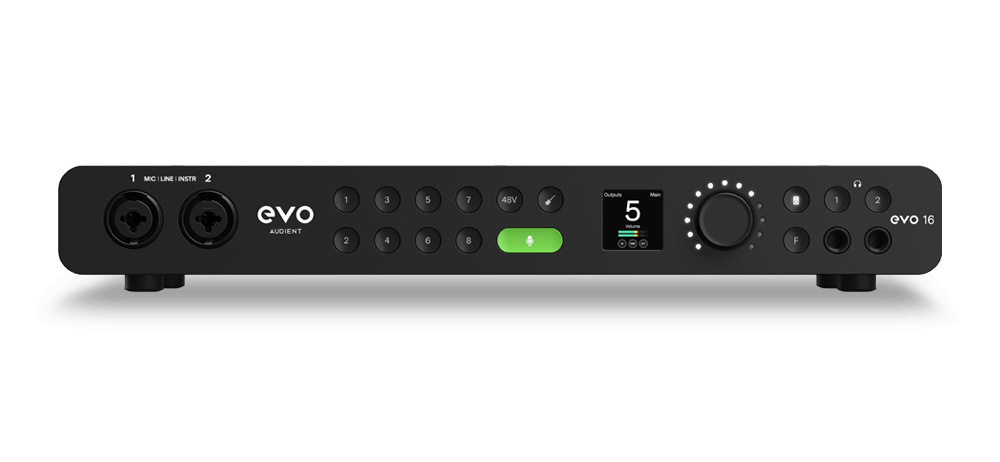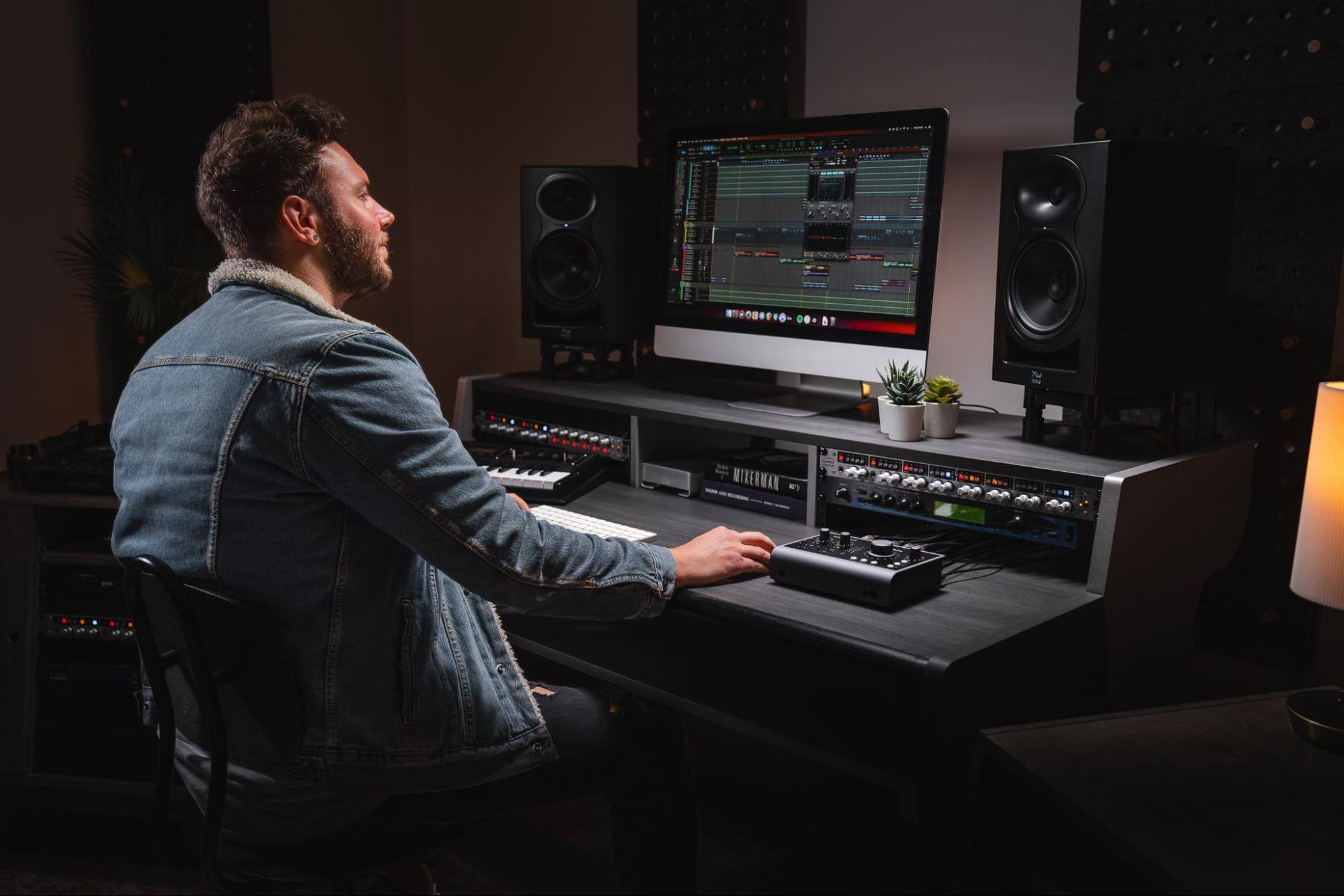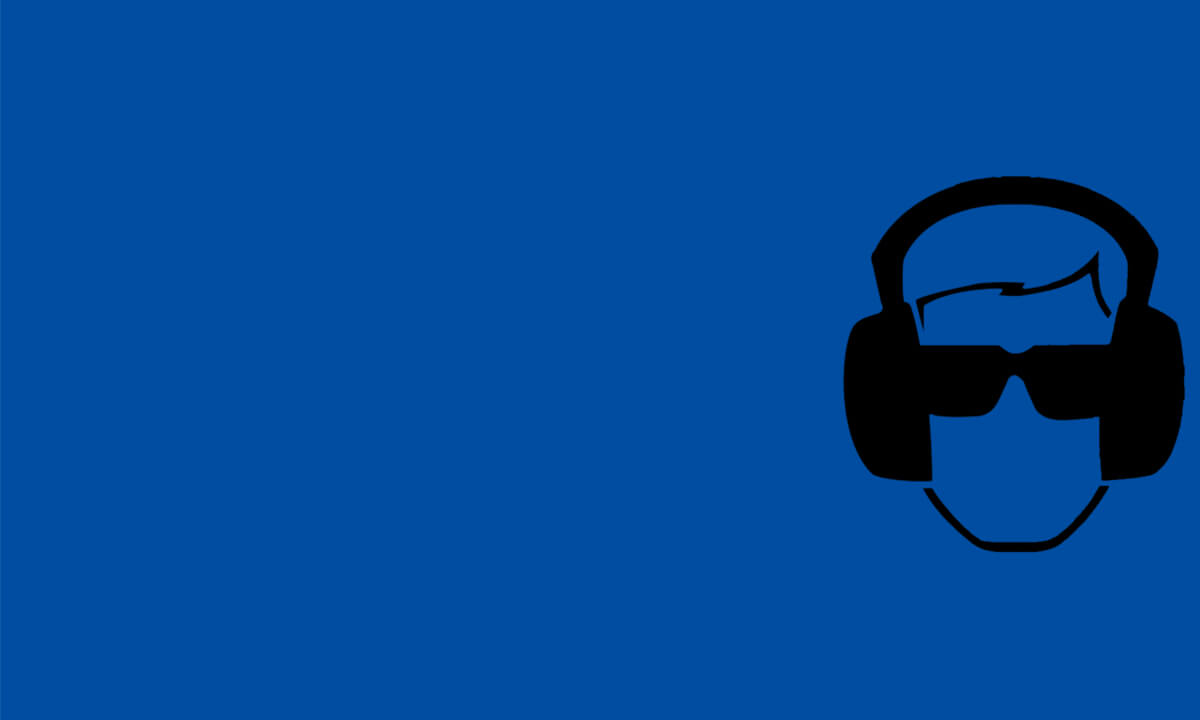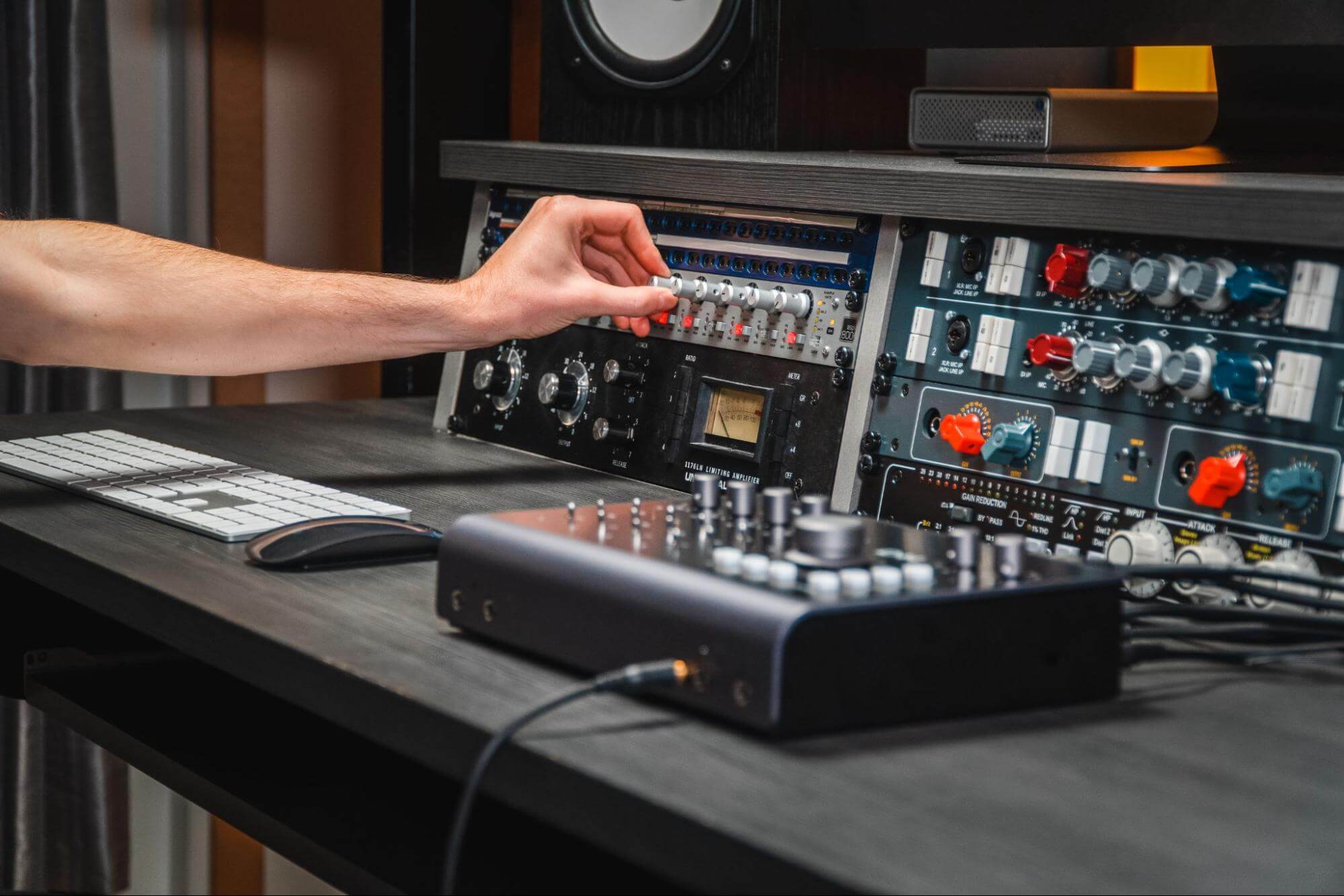Although it is entirely possible to produce tracks wholly ‘in the box’ these days, using nothing more than a DAW, an audio interface and software plugins, outboard (ie, hardware) signal processing gear still very much has its place – especially if you’re recording guitars, vocals and other real-world instruments. The convenience of software is a huge and understandable part of the reason for its dominance in the modern studio, but the tactile physicality and authentic electron-driven sound of a hardware compressor, EQ or effects unit will always provide a more exciting – and, often, more effective – operational experience and end product. It also handily works around the perennial issue of monitoring latency, which plugins can’t help but suffer from when used for tracking.

The ID44 MKII was built with the integration of outboard equipment in mind, most notably in the inclusion of two balanced Insert points, but also with its ADAT expandability. The insert points enable the placement of compressors, EQs and other outboard devices directly into the signal paths on Channels 1 and 2; while the ADAT I/O allows for the addition of up to 16 analogue input and output channels, for routing to an external mixer and all the outboard you care to plug into it.
Inserts: craft your perfect recording chain
Hooking your outboard up to the ID44 MKII’s two Inserts is easy. Each one comprises a balanced send jack and a balanced return jack – the first routing the channel’s input signal out of the interface to the input of the first device in your outboard chain; the second accepting the output signal from the last device in your outboard chain back into the interface, before passing it on to your speakers and DAW via the interface’s outputs. You can use balanced or unbalanced cables to make the connections, but as each send and return is mono, if the first and/or last device in your outboard chain is stereo (a reverb or delay, say), you’ll need to use both Inserts to maintain the image.

And that’s all there is to it! With your Insert send connected to the input of your first outboard device, and the return plugged into the output of the last, you can sing or play through your processing chain with no latency whatsoever, and record the result directly to any track in your DAW.
Bypassing the preamps built into the ID44 MKII, the Insert returns can also be used as line level inputs for your own preamps, whether used alone or as part of a chain. And at the mixing stage, you can even use them to process individual channels and busses routed from your DAW (using an ‘external effect’ plugin, auxiliary send or channel output) to your outboard effects chains through the ID44 MKII’s outputs.
ADAT: break out from the box
As we’ve hopefully made clear, the ID44 MKII’s two Insert points open up a world of possibilities when it comes to setting up outboard recording chains and mixing with hardware effects. If you’re really serious about your outboard, though, and are looking to run external units on more than just the two channels provided by the Inserts, you can get a mixing desk involved thanks to the ID44 MKII’s two sets of ADAT I/O. These enable the connection of one or two eight-channel analogue I/O expansion units – such as the Audient ASP800 – using TOSLINK cables, and by connecting each input/output on the ADAT box to a corresponding output/input on a mixer, you can record and mix up to 16 channels at once, each offering its own insert points and auxiliary effects sends with which to incorporate as much outboard as you need.

Indeed, the mixer itself makes for a compelling reason to break your signals out of the box over ADAT, even if only for summing stems – bussed drums on one stereo pair, guitars on another, vocals on another, etc. If you’ve yet to experience the hands-on workflow and satisfying response of a hardware mixer, with its immediately accessible level faders, pan pots and per-channel EQ – not to mention the warmth and colouration that only real analogue circuitry can bring – you might be pleasantly surprised by the creative, sonic and psychological benefits to be had, even if you never plug any outboard effects into it.
Outboard vs plugins, and getting the best of both
The main arguments for using outboard dynamics processors, EQs and effects over their plugin counterparts are, as touched on earlier, their tactility and sound – but latency-free performance is another major plus. If you’ve ever tried to sing or play guitar through a plugin effect, you’ll be familiar with the performance-wrecking delay that inevitably occurs, and this can be completely negated by substituting said software with its inserted outboard equivalent. It’s a no-brainer, right?

Well, yes, but one thing that needs to be borne in mind with all of this is that when you record through your outboard chain, you’re fully committing to the sound being captured, with no way to undo the processing you’ve baked into it later. While this can be a good thing in terms of preventing procrastination, plugins are completely non-destructive, so you can tweak or swap them out at any point in production. For most producers, this is an unbeatable advantage.
With all that in mind, then, why not go for a combination of both approaches? Record the outboard-processed (and monitored) signal and the dry source signal onto separate tracks at the same time to net the output of your lovingly prepared recording chain and the ‘raw’ sound. Then you can revisit the processing later, should you need to, either with plugins or by adjusting the outboard chain and bouncing it down. How you facilitate this will depend on your setup, but with guitars, for example, it’s as straightforward as connecting the DI output on your amp to a spare input on your audio interface.
Our Products
-

Interfaz de audio 2 entradas | 2 salidas
-

Interfaz de audio 10 entradas | 6 salidas
-

10in | 14out Audio Interface
-

Interfaz de audio 20 entradas | 24 salidas
-

24in | 32out Audio Interface
-

Interfaz de audio 10 entradas | 14 salidas
-

Interfaz de audio 10 entradas | 4 salidas
-

Interfaz de audio 2 entradas | 2 salidas
-

Interfaz de audio 4 entradas | 4 salidas
-

24in | 24out Audio Interface
-

Todo lo que necesitas para empezar a grabar
-

8 Channel Smart Preamp with AD/DA
-

Previo de micro y ADC de 8 canales
-

Previo de micro y control de tono de 8 canales
-

Consola de grabación analógica modular
-

Small Format Analogue Recording Console
-

Small Format Analogue Recording Console
-

Immersive Audio Interface and Monitor Controller
-

Controlador de sobremesa para monitores
-

Controlador de monitores de sonido surround



